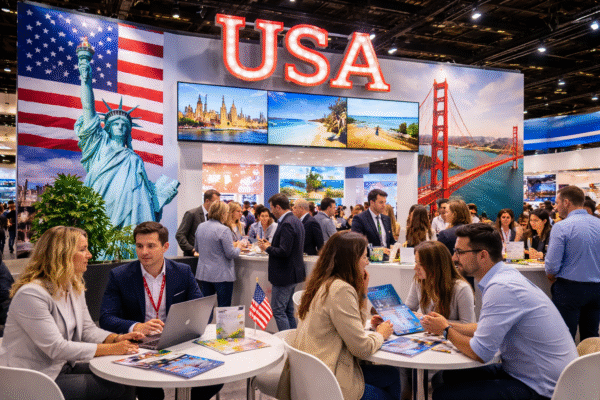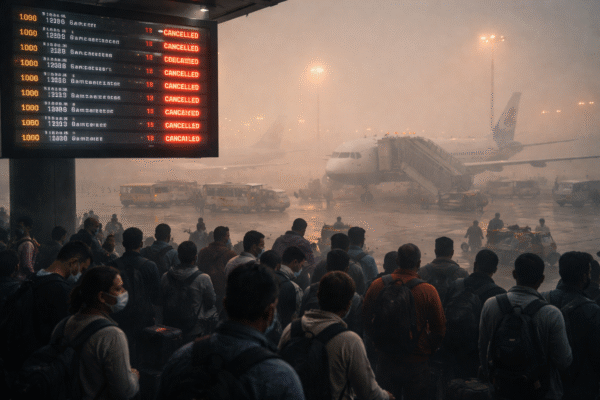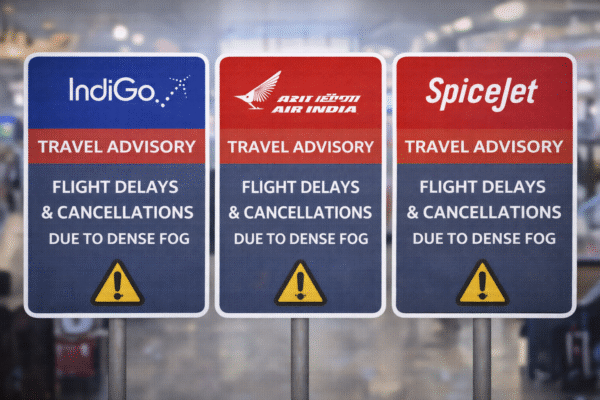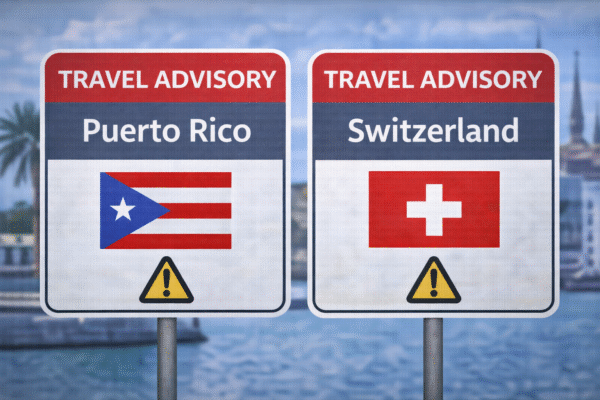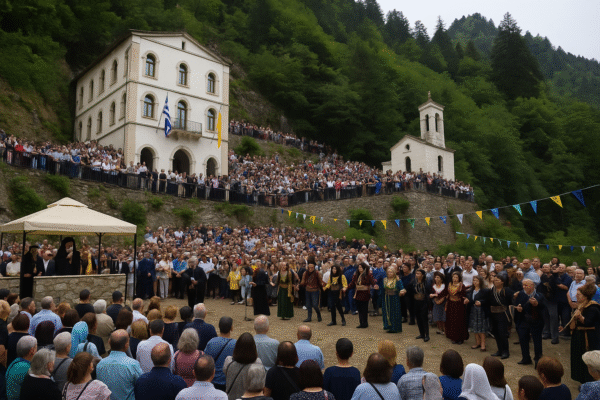Every year on August 15, thousands of pilgrims from the United States, India, and Greece converge at the sacred Panagia Soumela Monastery in Northern Greece to honor the Dormition of the Virgin Mary. What began as a deeply religious tradition for the Pontic Greek community has now evolved into a major international event, blending faith, culture, and tourism.
Located on the verdant slopes of Mount Vermio in the Macedonia region of Greece, Panagia Soumela has transformed into a beacon for global spiritual tourism. Pilgrims journey not just to practice their faith, but also to immerse themselves in the rich cultural heritage of Pontic Greeks. Visitors participate in traditional dances, hear music passed down for generations, and enjoy regional gastronomy that tells stories of the past.
US, India, Greece: A Cultural and Spiritual Connection
Among the most passionate attendees are members of the Greek diaspora in the United States. For the past seven years, organized pilgrimages from New York, Chicago, and other major cities have ensured that cultural and religious connections remain alive across generations. These group journeys often include not only church visits but also cultural education, local sightseeing, and community engagement in Greek towns.
In parallel, the number of Indian spiritual tourists visiting Greece has shown a consistent upward trend. With India’s expanding outbound tourism market and interest in cultural and religious experiences abroad, Panagia Soumela is increasingly featured on faith-based travel itineraries. Bilateral tourism agreements between India and Greece, and direct flight routes via Middle Eastern hubs, are making such pilgrimages more accessible than ever.
Honoring the Virgin Mary Through Tradition and Tourism
The annual celebration is rooted in centuries-old tradition. Originally founded in 386 AD in Trabzon (modern-day Turkey), the historic Soumela Monastery was a spiritual center for the Pontic Greeks. After the population exchange between Greece and Turkey in the early 20th century, the icon of the Virgin Mary was brought to Greece, and the modern Panagia Soumela Monastery was established in 1952.
Today, the August 15 festival not only commemorates religious devotion but also becomes a celebration of identity, memory, and resilience. Pilgrims from different cultural and ethnic backgrounds walk side-by-side, creating an atmosphere of unity. Traditional Pontic dances, performed in elaborate costumes, and live music echoing ancient melodies, enrich the experience for every visitor.
Religious Tourism: A Catalyst for Local Economies
The influx of thousands of international and domestic visitors brings a significant economic boost to the Imathia regional unit of Northern Greece. According to data from the Greek Ministry of Tourism, religious and cultural events like Panagia Soumela’s pilgrimage contribute over €3 billion annually to the national economy.
During the pilgrimage, local hotels, guesthouses, and restaurants reach full capacity, while local vendors benefit from the surge in demand for traditional foods, handmade souvenirs, religious items, and clothing. Transport operators, tour guides, and small businesses all experience a spike in activity, creating a ripple effect that sustains regional development long after the celebrations end.
This form of sustainable tourism ensures that remote and less-traveled areas of Greece continue to thrive economically, preserving their cultural character and heritage.
Global Recognition and UNESCO Aspirations
Panagia Soumela is also being discussed as a candidate for UNESCO intangible cultural heritage recognition, a move that would elevate the pilgrimage’s international profile even further. Efforts from Greek cultural institutions, the Orthodox Church, and local municipalities are ongoing to promote this sacred site through international tourism fairs and digital campaigns.
The inclusion of Panagia Soumela on UNESCO’s list would not only protect its traditions but also attract additional investments and global interest in faith-based tourism in the Balkans.
Faith as a Bridge Between Cultures
The most profound impact of the pilgrimage, however, goes beyond economics. It fosters dialogue, empathy, and shared human experience. For diaspora communities and global visitors, Panagia Soumela serves as a bridge to their roots—an anchor that binds generations through worship, storytelling, and cultural pride.
Families from the US return each year to introduce younger members to their ancestral traditions. Visitors from India often describe the pilgrimage as a transformative spiritual journey, where devotion and discovery come together. European pilgrims, meanwhile, see it as a celebration of pan-Orthodox unity.
Looking Ahead: A Sustainable Model for Cultural Tourism
As the world shifts toward more meaningful and experience-driven travel, faith-based tourism like the Panagia Soumela pilgrimage offers a model for cultural sustainability. With digital access to travel information, expanding air connectivity, and a rising interest in heritage tourism, this once-local event is now firmly placed on the global spiritual tourism map.
The Greek National Tourism Organisation (GNTO) continues to invest in infrastructure and promotion around Panagia Soumela, including improved road access, multilingual signage, and digital content for foreign visitors.
Conclusion
The annual pilgrimage to Panagia Soumela has become a symbol of how faith, heritage, and tourism can harmoniously coexist. It brings together pilgrims from India, the United States, Greece, and beyond, creating not only an unforgettable spiritual experience but also a global celebration of culture and unity.
As each August 15 approaches, the sacred slopes of Northern Greece become more than a destination—they become a shared space of remembrance, community, and renewal.
For more travel news like this, keep reading Global Travel Wire

